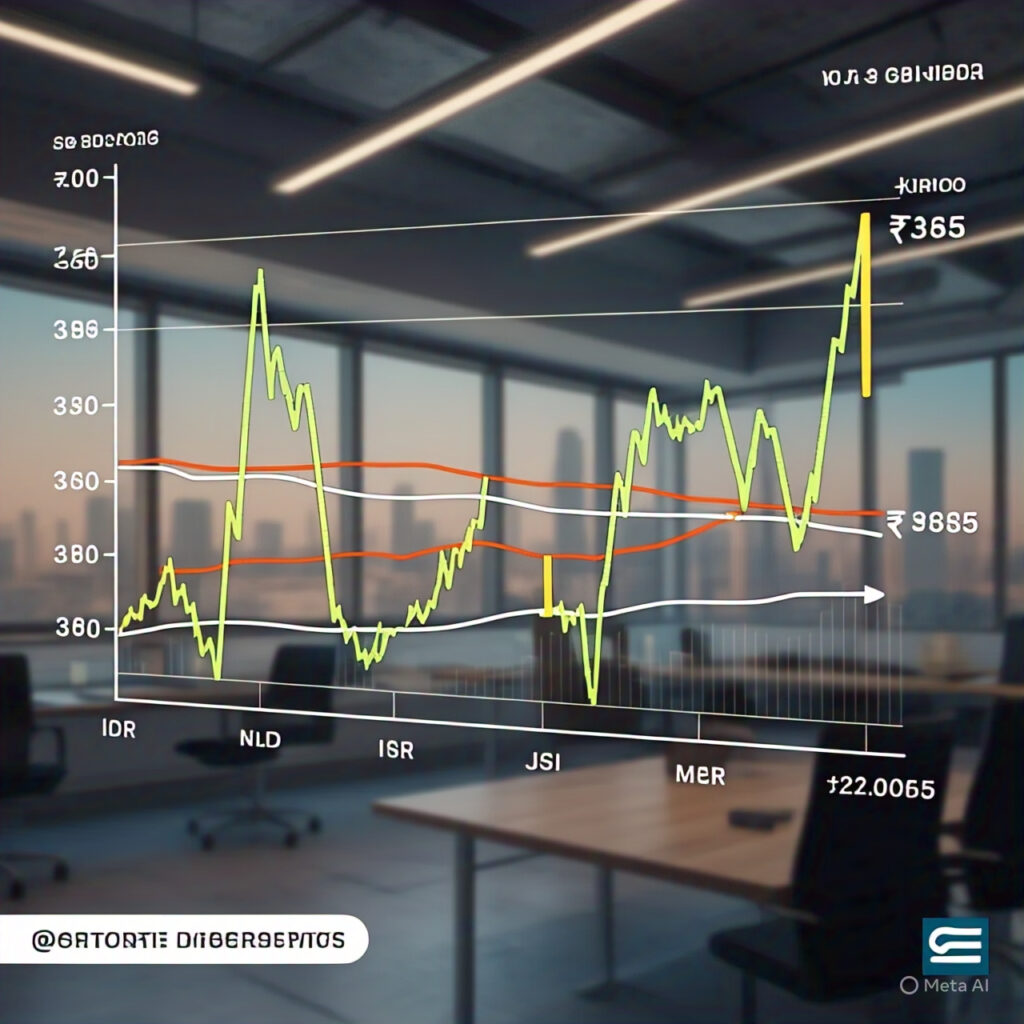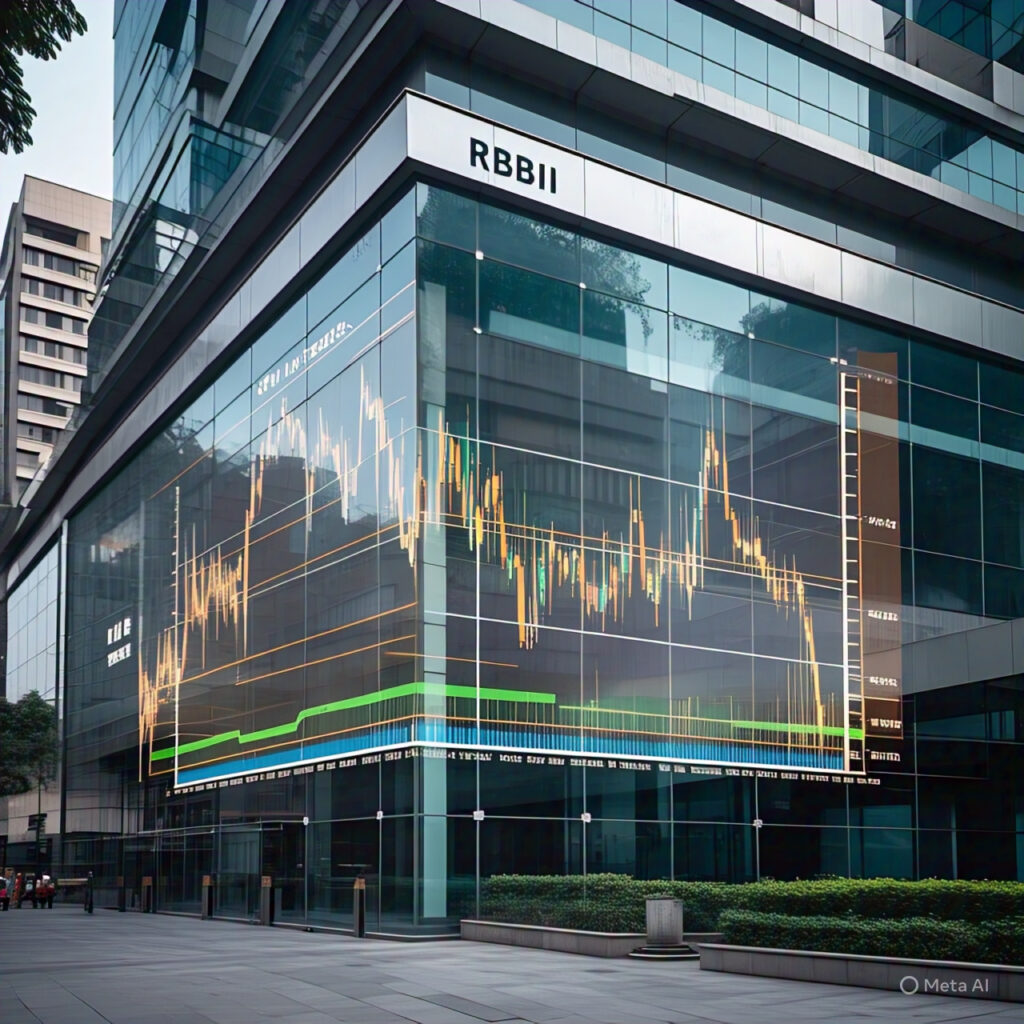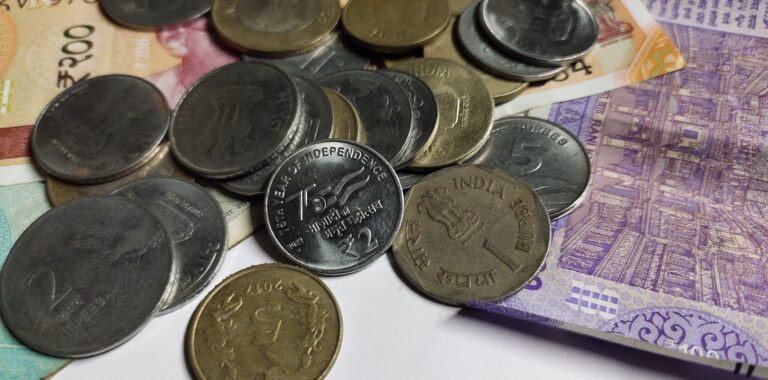Imagine waking up and seeing headlines scream: “Rupee breaches ₹85 against the dollar!” You pause, coffee in hand, thinking — What does that even mean for me? Is it good news, bad news, or just another number that economists debate on TV?
Curious? Let’s break it down.🤔
Is this something you’d want to search the entire internet for, analyze, and separate from everyone else?
You’re not alone — and that’s exactly what we’ve done.
After analyzing everything across the internet and gathering real-world insights, the Bhussan.com team shares this friendly, helpful article so you don’t have to dig through financial jargon or boring news tickers.
Let’s dive in! 🚀
What Just Happened? Rupee Hits ₹85 — A 2025 Record📈
The Indian rupee recently hit a high of ₹85.15 per US dollar — its strongest level since the beginning of 2025. That’s a 38-paise surge in a single session, which is a big move in currency markets!
The rupee appreciated by 0.5% to hit a high of 84.78 per US dollar, marking its strongest level since the beginning of 2025. The rise was supported by broad-based gains in Asian currencies—some of which climbed up to 0.8%—as well as renewed optimism surrounding a potential trade deal between India and the United States. Positive sentiment helped attract inflows into emerging markets, including India. However, analysts caution that the rupee’s rally may face headwinds from rising geopolitical tensions and sustained global demand for the US dollar, both of which could exert downward pressure on the local unit in the near term.
So, what pushed the rupee to this level?
-
Foreign Fund Inflows 📥: Global investors are pumping money into Indian equities.
-
Positive US–India Trade Vibes 🤝: US President Donald Trump called tariff talks with India “positive,” creating market optimism.
-
Oil Prices Slipped 🛢️: Brent crude dropped to $63.54 per barrel, helping India’s import costs.
But wait — not all is sunshine and rainbows.
-
India–Pakistan Geopolitical Tensions 🌏: Renewed tensions are creating risk-off sentiment.
-
Domestic Equity Volatility 📉: Indian markets swung between gains and losses.

Why Does the Rupee Move Like This?🌍
Let’s demystify this. The rupee, like any currency, reacts to supply and demand, and a mix of economic, political, and psychological factors:
-
Trade Deficits: More imports than exports = higher dollar demand = rupee weakens.
-
Foreign Investments: FIIs buying Indian stocks = rupee demand rises = rupee strengthens.
-
Central Bank Intervention: RBI often buys or sells dollars to stabilize the rupee.
-
Geopolitics & Global Cues: Wars, elections, and policy changes matter.
Let’s simplify: When foreign investors like India, they bring dollars here and need rupees to invest, so rupee demand goes up. And boom — it gets stronger.
Relatable? Think of it like your neighborhood bakery. If everyone suddenly wants your bakery’s donuts, prices go up. Supply, demand — simple economics.
What Does a Strong Rupee Mean for You?🔍
✅ The Good News:
-
Cheaper Imports: Electronics, fuel, and gadgets could get slightly cheaper.
-
Overseas Travel? ✈️: Your dollars now buy you more — hello, Paris on a budget?
-
Foreign Education 🎓: Paying tuition abroad gets a tad lighter on the wallet.
❌ The Not-So-Good News:
-
Exporters Suffer: IT firms, textile companies, and pharma lose profit when dollar earnings convert into fewer rupees.
-
Remittance Hit: Families relying on money sent from abroad get less in rupee terms.
In short, great for consumers, tricky for exporters. It’s all about which side of the fence you’re on.

What’s the Role of the RBI in All This?🧾
The Reserve Bank of India (RBI) plays a quiet but powerful role in currency stability. While it doesn’t aim to fix the rupee at a certain level, it intervenes to avoid extreme volatility. Think of it like a referee in a football match.
In recent days, the RBI was spotted in the market buying dollars, even as the rupee gained, to prevent excessive appreciation. Why? Because too strong a rupee hurts exporters.
Also, the RBI needs to build its reserves, and a stronger rupee lets it buy more dollars cheaply. That’s a smart move for long-term financial security.

Geopolitical Tensions — How Are India & Pakistan Tensions Playing a Role?🌐
Geopolitical tension is like a sudden thunderstorm — it affects everything.
Recently, escalating rhetoric and military posturing between India and Pakistan around the Kashmir region spooked markets. That kind of uncertainty makes global investors nervous.
The result? A “risk-off” mood, where investors flee to safe-haven currencies like the US dollar, and dump riskier assets like emerging market currencies.
Interestingly, though, strong fundamentals and capital inflows have helped the rupee stay strong, for now.
Trade Talks — Is the US–India Deal a Gamechanger?
Absolutely! There’s growing chatter around a US–India trade agreement — and that’s one of the most bullish catalysts for the rupee.
Here’s why:
-
Reduced Tariffs: Easier exchange of goods = stronger trade ties = stronger currency.
-
Investor Confidence: Trade deals attract long-term capital inflows.
-
Strategic Alliances: It boosts India’s standing on the global stage.
This “interim goods agreement” could be the first step toward a broader bilateral deal. Both sides are holding sector-level talks, with more progress expected by Fall 2025.
[Image Suggestion: India–US flags shaking hands with trade containers in the background]
What the Data Says — Key Takeaways from the ASSSE Report📑
The Annual Survey of Services Sector Enterprises (ASSSE) pilot offers deep insight into India’s incorporated services sector.
Highlights from FY 2022–23:
| Category | % Share of Total |
|---|---|
| Private Limited Companies | 82.4% |
| Public Limited Companies | ~8% |
| LLPs | ~8% |
| Enterprises with Output ≥ ₹500 Cr | 62.77% Asset Ownership |
| Enterprises with Output < ₹500 Cr | 63.03% Employment |
This shows a bifurcated economy:
-
Big enterprises dominate capital, assets, and profits.
-
Smaller firms provide most of the jobs.
The survey will scale in January 2026, making it a major data tool for policy-making.
[Image Suggestion: Pie chart of enterprise composition + bar graph of employment vs assets]
Pros & Cons Table
| Pros of a Strong Rupee | Cons of a Strong Rupee |
|---|---|
| Cheaper imports | Lower exporter revenue |
| Easier foreign travel | Pressure on remittances |
| Reduced inflation | RBI may intervene more |
FAQs About the Rupee Hitting ₹85 in 2025
-
Why did the rupee rise to ₹85 against the dollar?
Due to foreign fund inflows, positive trade talk sentiment, and lower oil prices. -
Is a strong rupee good for the economy?
It’s good for inflation control and imports but tough on exporters. -
Will this trend continue?
It depends on geopolitical tensions, global markets, and RBI’s actions. -
How does this impact travelers?
Makes foreign travel more affordable for Indians. -
What does this mean for students studying abroad?
Education fees in foreign currencies become slightly cheaper.
Conclusion: So, What Should You Do?
If you’re an investor, a student planning to study abroad, or someone dreaming of an international trip, the strong rupee is your friend.
But if you run an export business or rely on foreign remittances, it’s time to review your hedging strategy.
The rupee’s strength is a reflection of India’s resilience, but also a reminder of global complexity.
Want to stay ahead of the curve? Bookmark Bhussan.com for friendly, expert-backed financial explainers you’ll actually enjoy reading. 😊

